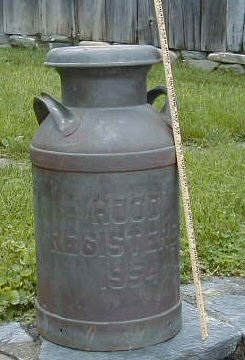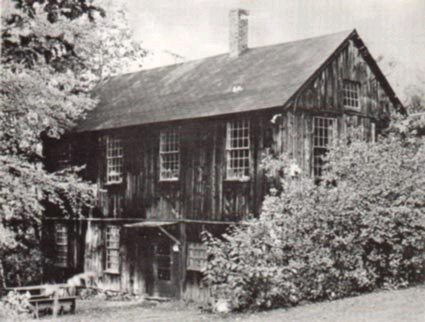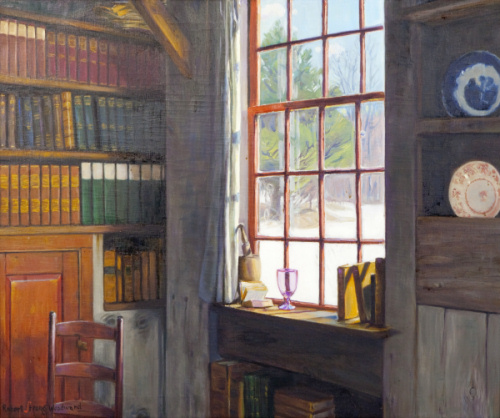The Little Shop


An old metal milk can
It was my dad's job to make his rounds as quickly as possible (so as to keep the milk cool) and deliver the milk cans to the Shelburne Falls railroad station, where H. P Hood had a processing building. The cans were emptied into a tank and the milk pumped up to ceiling height, where it spread out and trickled down over iron cooling pipes to near floor level. From there it was pumped out into the waiting tanker train cars from where it was taken off to Boston. There were no refrigeration cars in those days. But the milk left Shelburne Falls nice and cool and the milk train ran directly through to Boston to get it there, still fresh and cool.

A photograph of the Little Shop
Who was the old man with the cat? I now believe it was RSW's uncle, Nelson. In the Shelburne Historical Society documents, Nelson "Spence" Woodward is called alternatively Woodward or Woodard, and identified in photographs as the fire observer on Mt. Massament. Fannie Kendrick's Buckland History (page 722) concurs that he was "keeper of the Fire Station at Mt. Massamet." In a 1920 article in the Boston Evening Transcript, Margaret Getchell writes of a visit to RSW: " ... you come upon a white house which was his Uncle Wells' place, and beyond it the home (the Little Shop) of his uncle, who is a forester and keeps the observation tower on the top of one of the highest hills." A local woman remembers that in the 1940's a Mr. Woodard with one " W" lived in Shelburne Falls, and had the job of minding Dick Hoyt's store at the corner of Bridge and Main Streets, when everyone else was out. She remembers him being called "Spence." Nelson "Spence" Woodward was married in 1931 at the age of nearly 70 to a woman from Tennessee, the same year RSW bought the "Little Shop" property from the Stroheker family. RSW researcher and author, Janet Gerrry, was told by a Woodward relative (who was assisting her with genealogy) that he had read that Nelson ("Spence" as he was called) took the job as watch man at the fire tower on Mount Massamont solely because it was work he could do at which no one would see that he had only one arm. He was apparently very sensitive about this.

The Book Corner
As a Woodward yard boy, one of my jobs was to cut the grass and keep the surrounding yard neat and well kept. The main floor of the building had a wood-burning soapstone stove, a four poster bed, (to my knowledge no one ever slept in it,) a dining table and a few chairs. I remember nothing in the building being pertinent to an art studio. It is also from these days that I remember the cellar beneath the building. It had a dirt floor and, as mentioned above, an off shoot of Clark Brook ran through one wall of the cellar, through the cellar itself, and then out the opposite side, back down into Clark Brook. Directly over the exit of the brooklet, Fabian Stone had constructed a toilet. It had a continuous flush. This fascinated me as a young boy, just to feel the water splash my behind sitting on the old "one-holer."
MLP
2006

